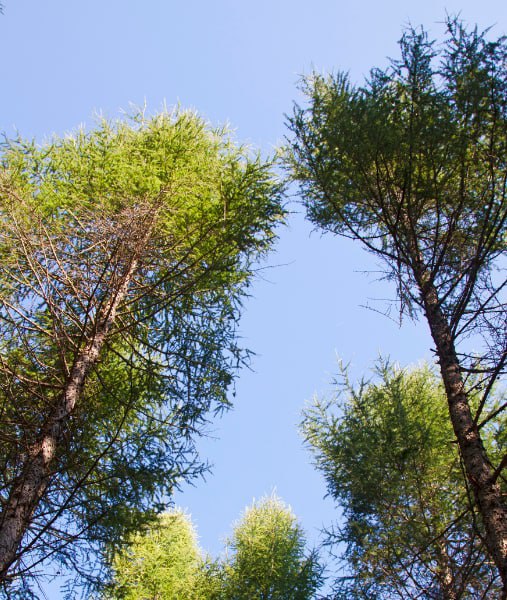
Introduction: Hedge cutting is a fundamental aspect of landscape maintenance that comes with its fair share of questions and uncertainties. To shed light on homeowners’ common queries about hedge cutting, we’ve teamed up with Rochester Tree Surgeons to compile a comprehensive FAQ guide. This blog post addresses your most pressing hedge-cutting concerns, from trimming frequencies to best practices.
- How often should I trim my hedges?
The frequency of hedge trimming depends on the species and the desired appearance. Generally, formal hedges benefit from two to three trims a year, while less formal hedges can be pruned once or twice annually. Consider the growth rate and the size you want your hedge to be before deciding on a trimming schedule.
- Can I trim my hedges at any time of the year?
No, the timing of hedge trimming depends on the type of hedge. Deciduous hedges can be pruned in late winter or early spring before new growth emerges. Evergreen hedges can be pruned in late spring to early summer. Avoid trimming during extreme weather conditions and frost.
- What tools do I need for hedge cutting?
Basic tools include hedge shears, hand pruners, and possibly an electric hedge trimmer for larger hedges. Using well-maintained, sharp tools for clean cuts and healthier growth is crucial.
- Can I cut back an overgrown hedge drastically?
While cutting back an overgrown hedge is possible, it’s best to do it gradually throughout a few seasons. Severe pruning can shock the plants and lead to stress. Gradual reduction allows the hedge to recover more effectively.
- How much can I safely trim from my hedge?
A general guideline is to avoid removing more than one-third of the hedge’s growth in a single trimming session. This helps prevent stress and ensures healthy regrowth.
- What’s the best way to achieve a uniform shape?
Using stakes and strings as guidelines can help you achieve a uniform shape. Step back regularly to assess your progress and make adjustments as needed.
- How can I encourage denser growth in my hedge?
Regular, light trimming encourages denser growth. Focus on removing some of the new development each time you trim. Avoid cutting into old wood, as this might not regrow well.
- Can I trim my hedge to create unique designs?
Absolutely! This is called topiary, which involves sculpting hedges into intricate shapes or designs. Topiary requires more advanced skills and wireframes to guide the cutting.
- Are there any safety precautions I should take while hedge-cutting?
Safety is paramount. Wear appropriate protective gear, like gloves, safety goggles, and ear protection. If using a ladder, ensure it’s on stable ground, or consider hiring professionals for high or challenging cuts.
- Can I use the trimmings as mulch?
You can use the trimmings as mulch, but it’s best to shred them first. Larger pieces might take longer to decompose and can smother the plants.
Conclusion: Hedge cutting might seem daunting, but armed with the proper knowledge, it becomes an essential part of maintaining a healthy, beautiful landscape. If you have more questions or need assistance with your hedge-cutting needs, don’t hesitate to contact the experts at Rochester Tree Surgeons. With the proper guidance and care, your hedges will thrive and contribute to the overall beauty of your outdoor space.